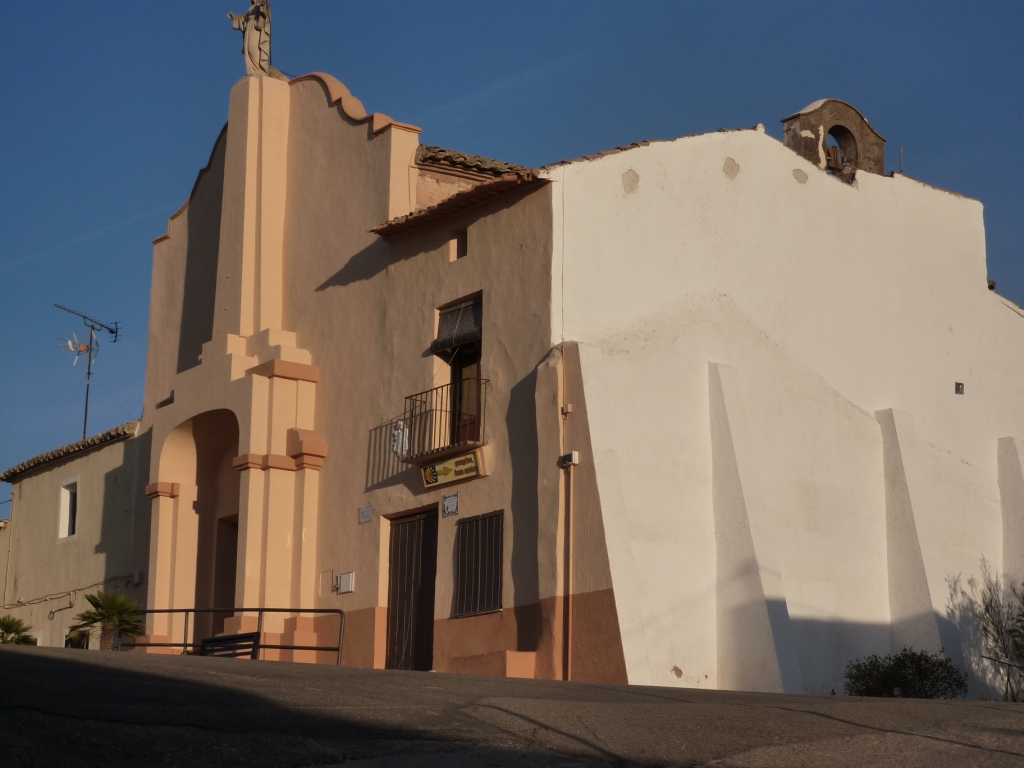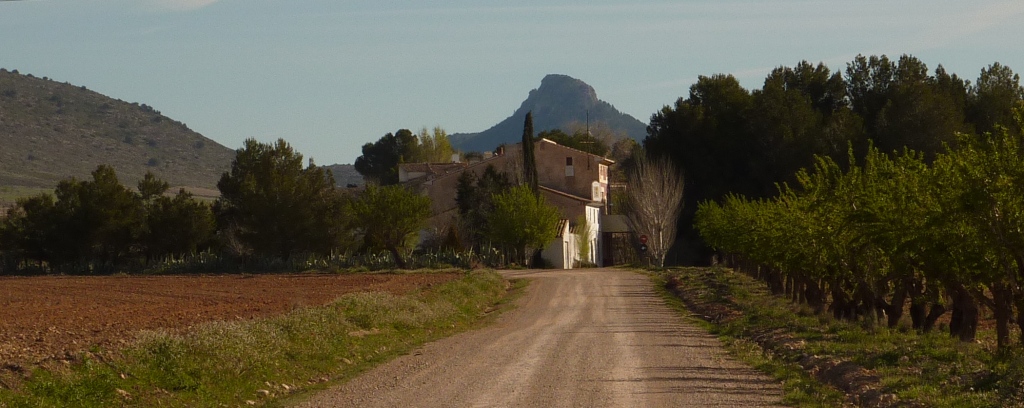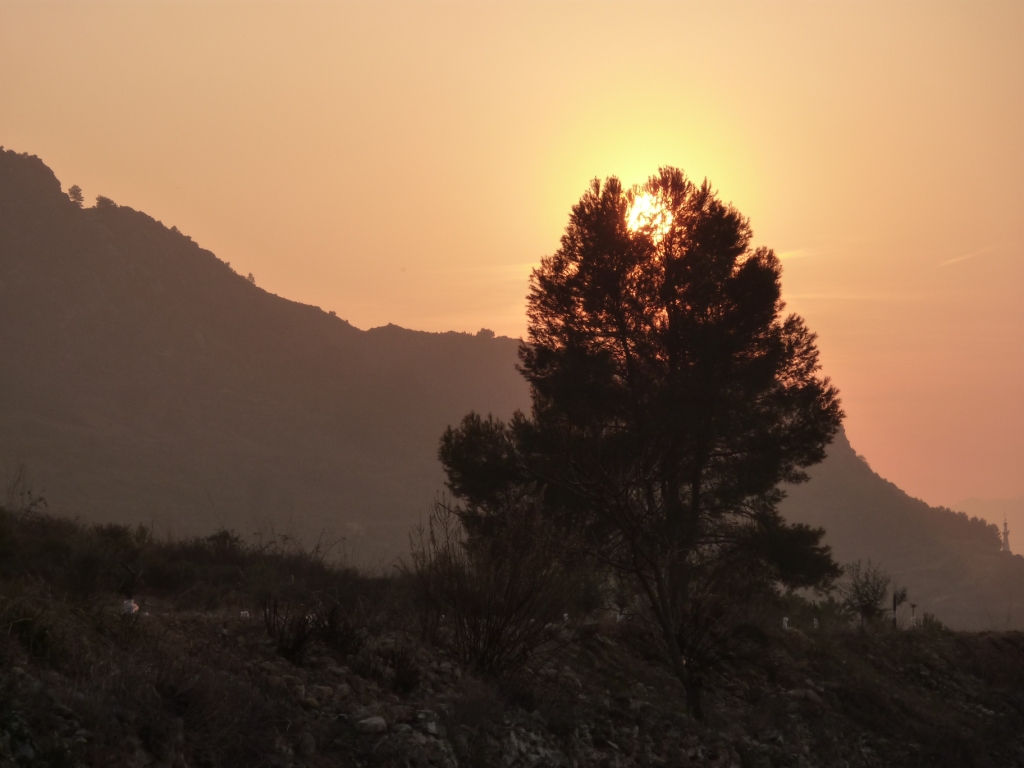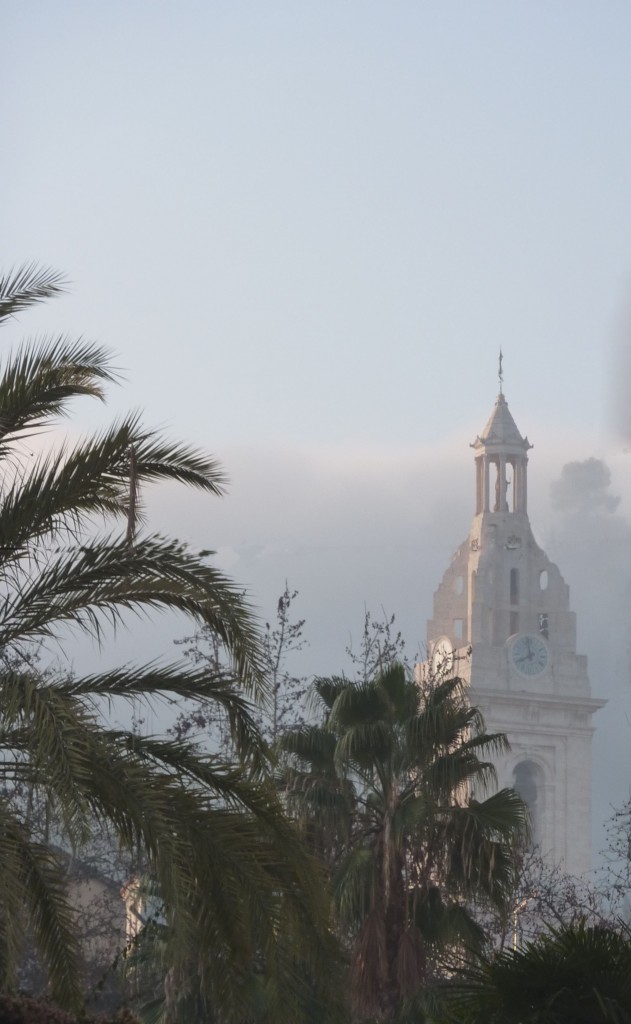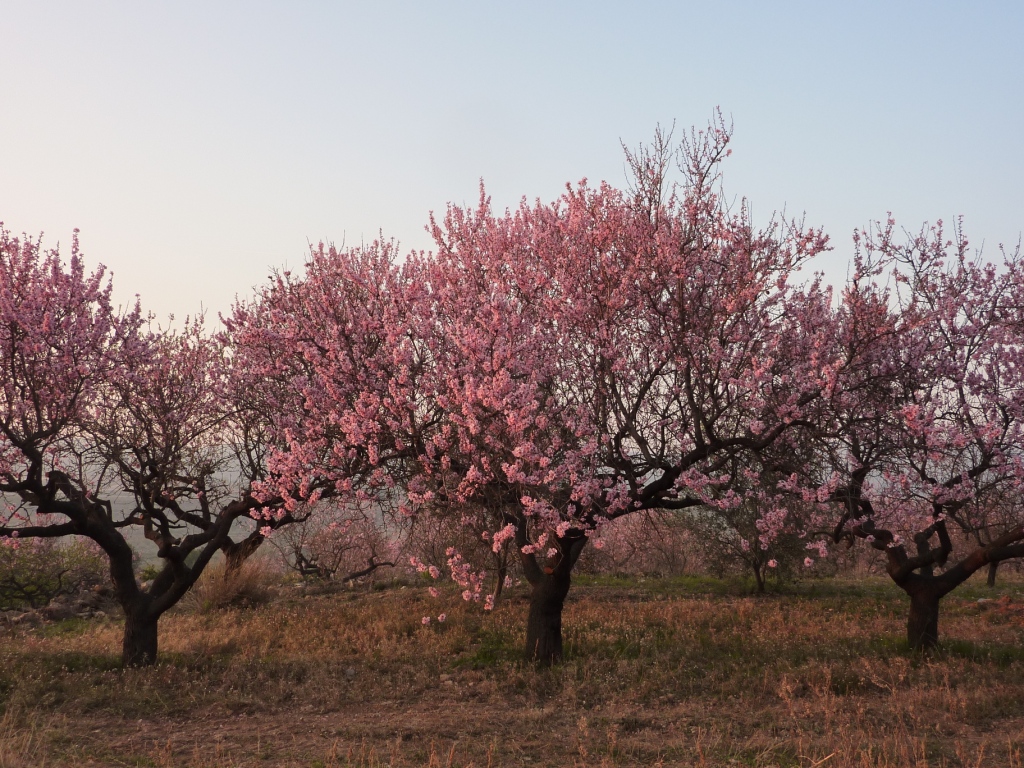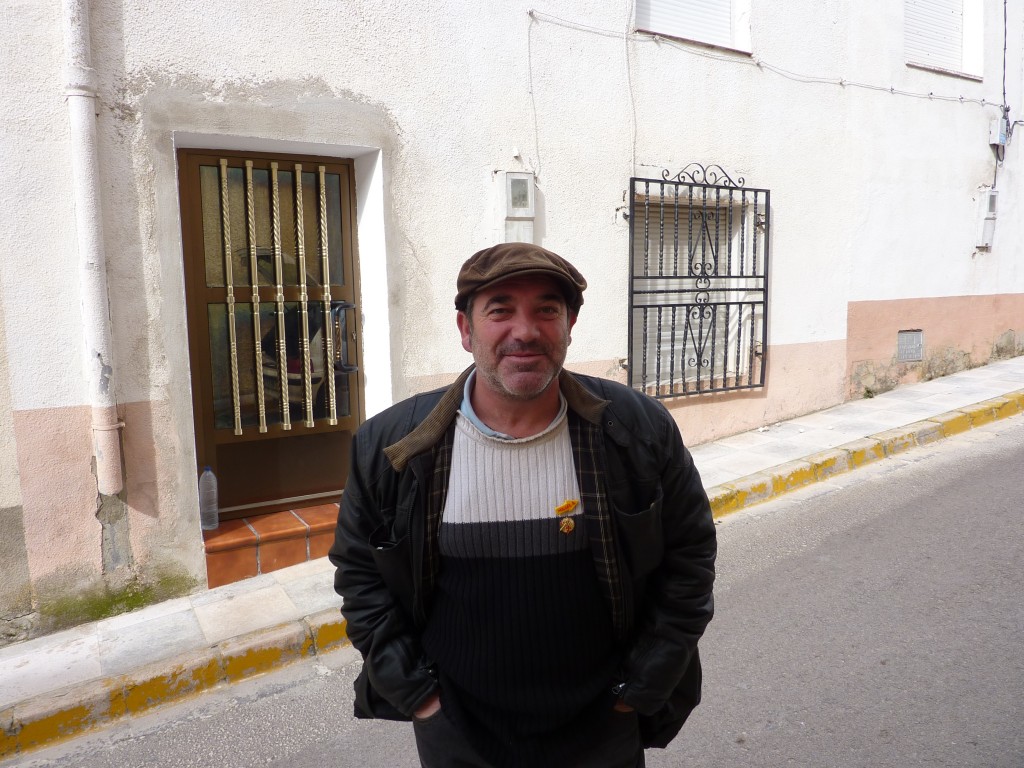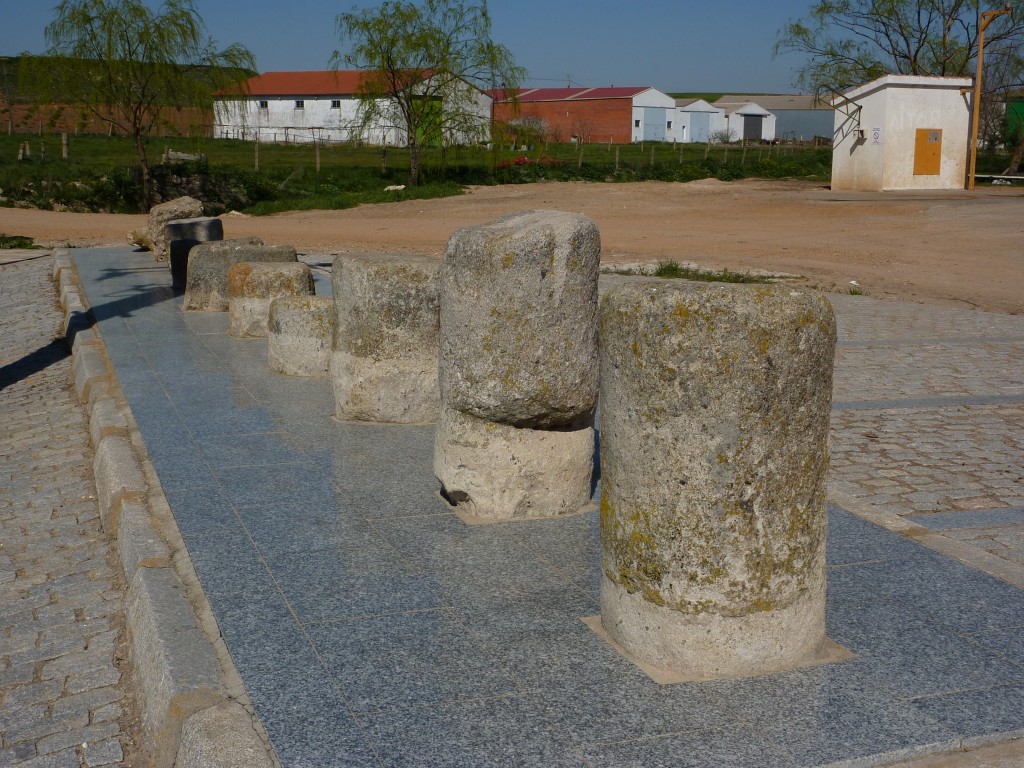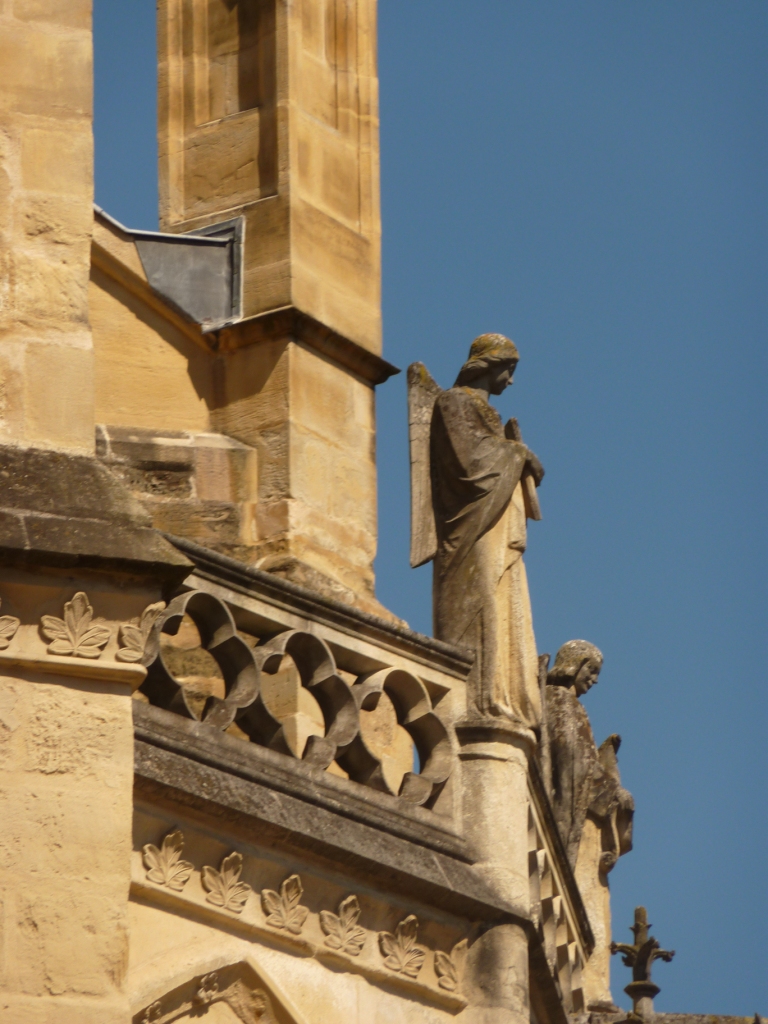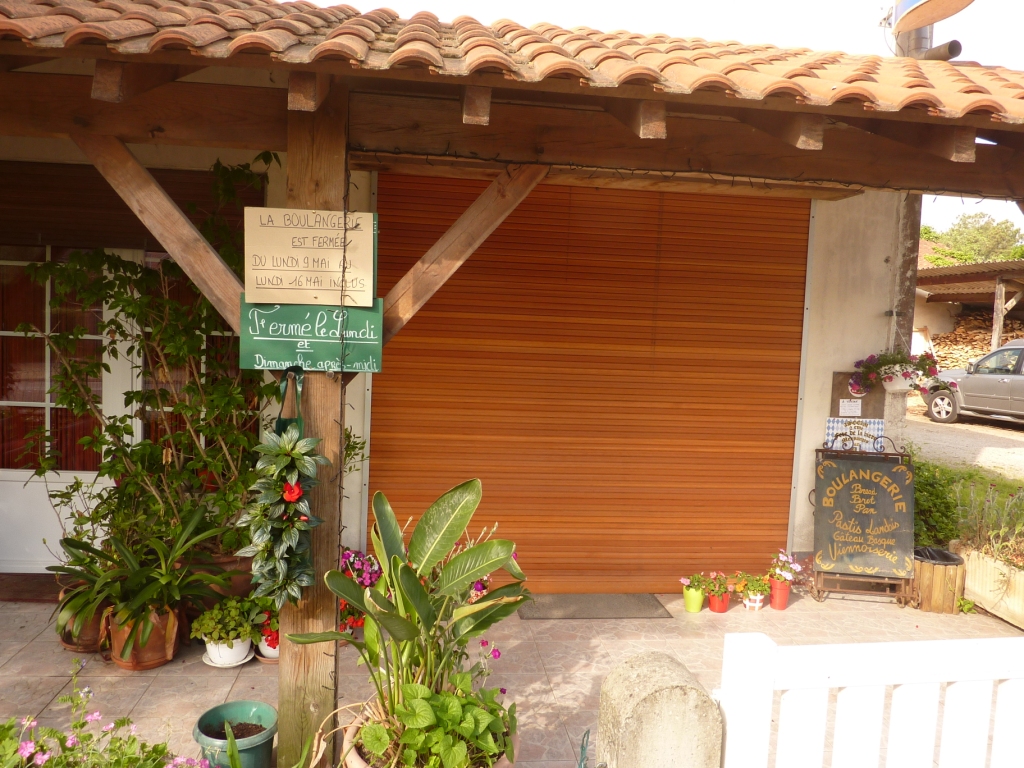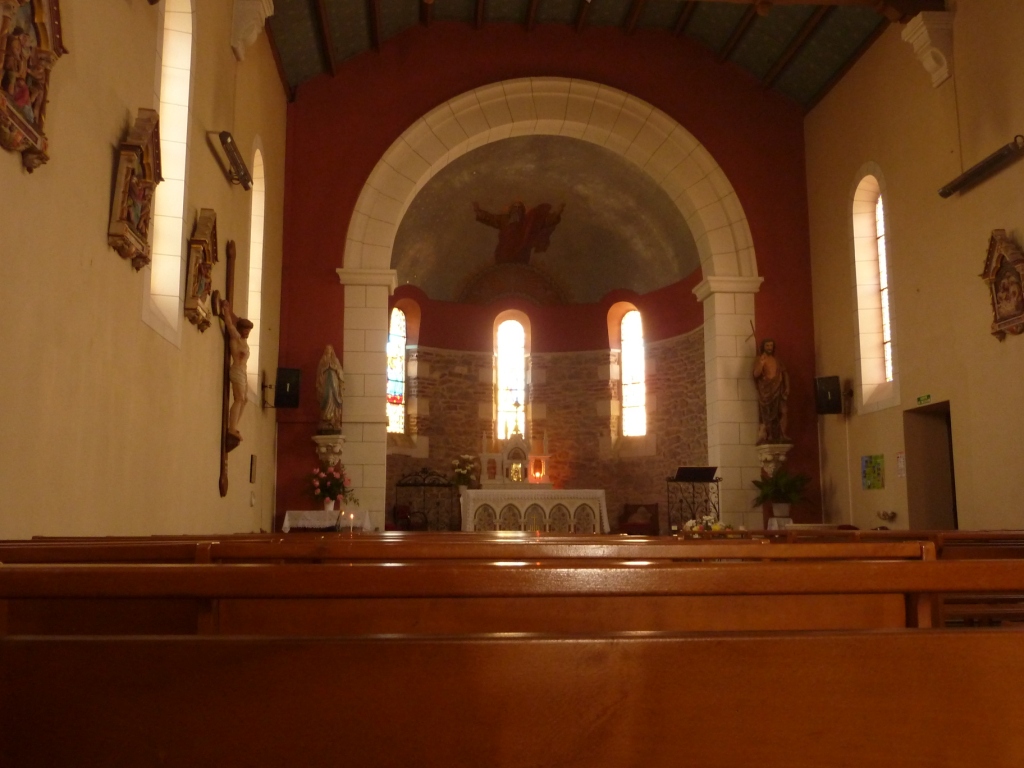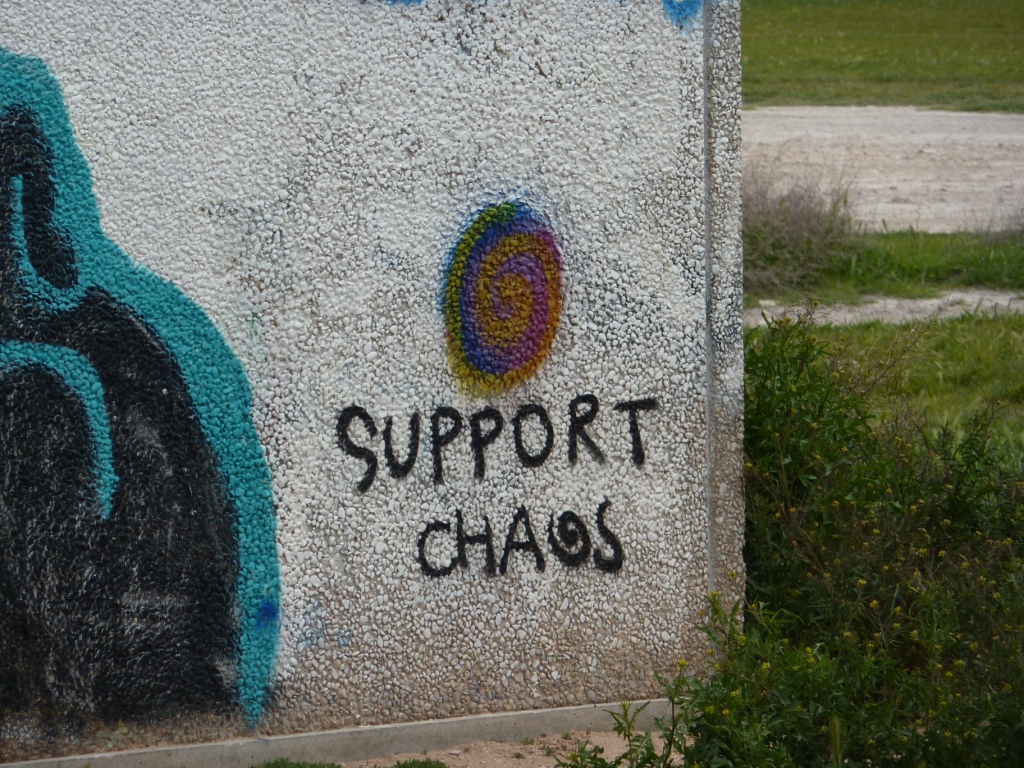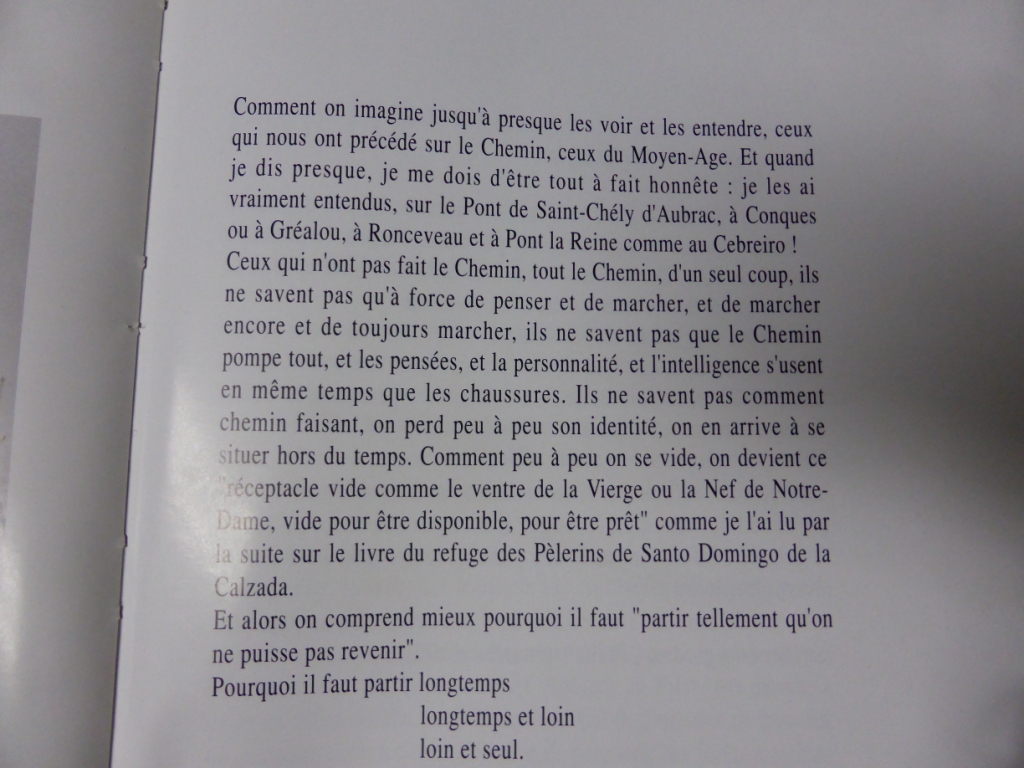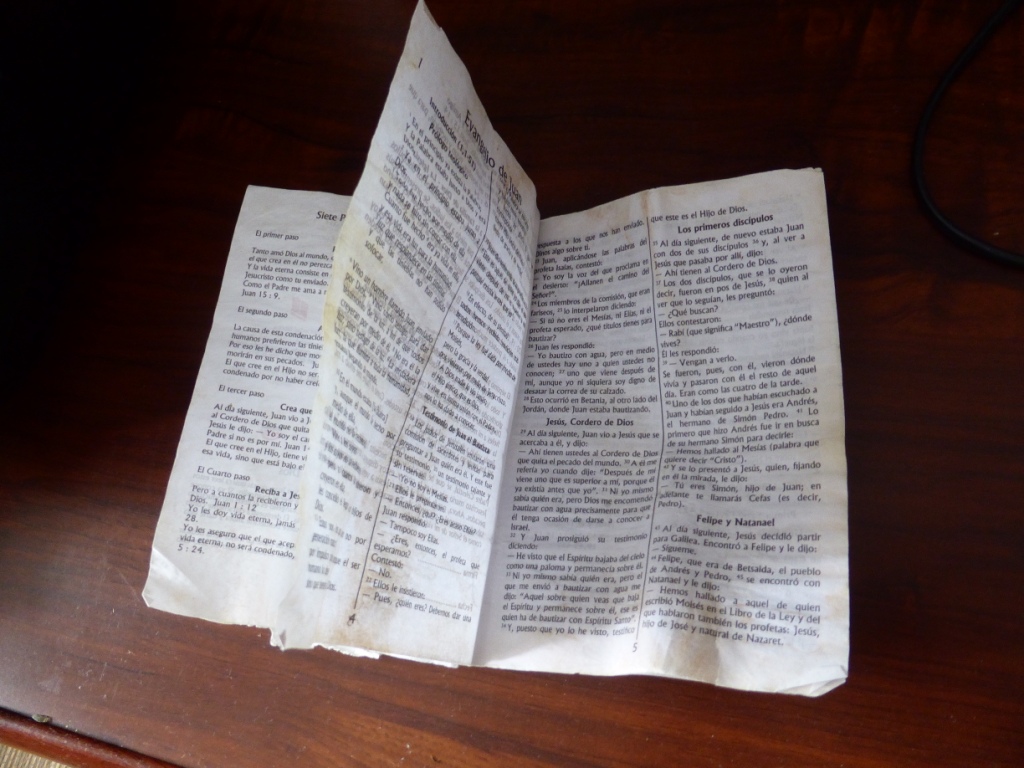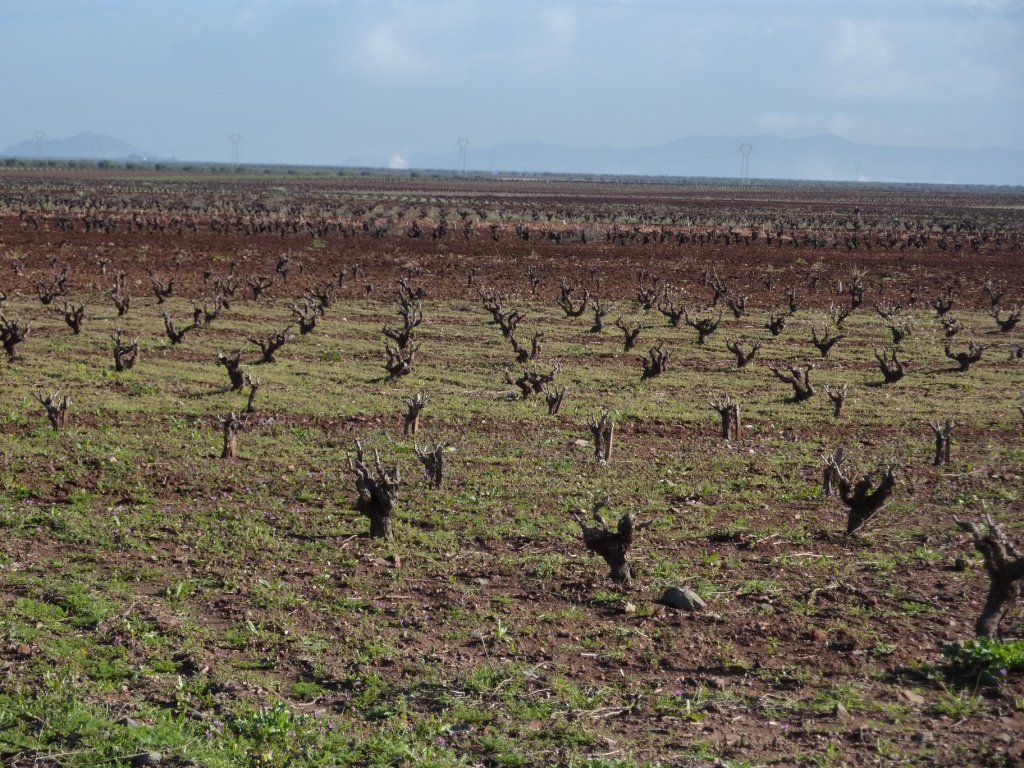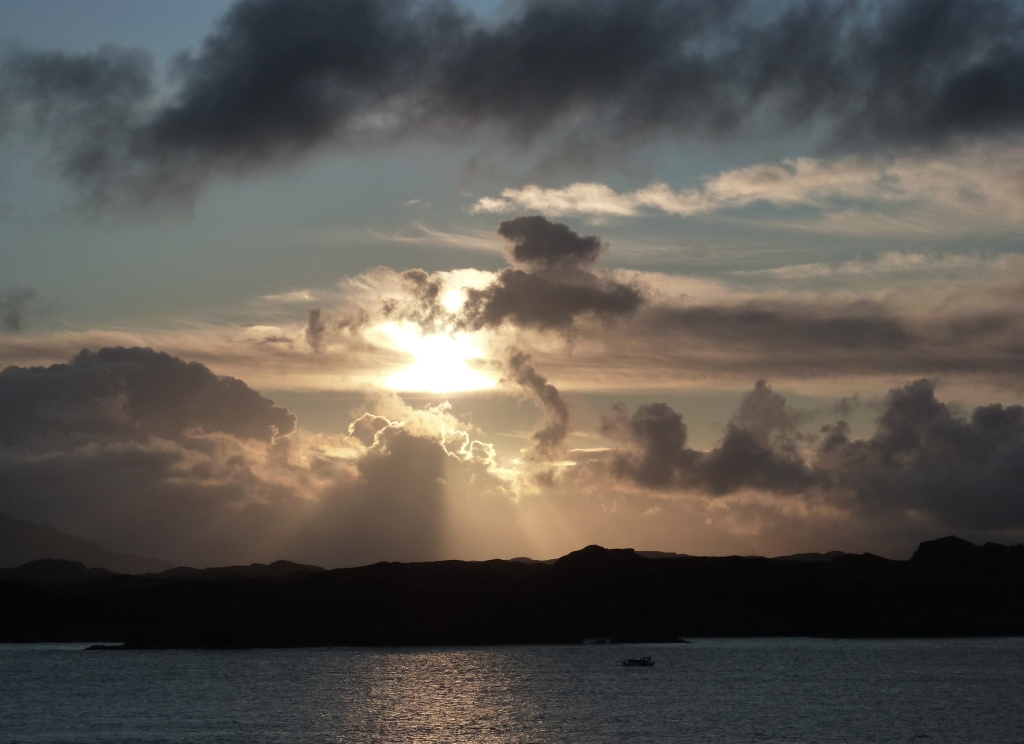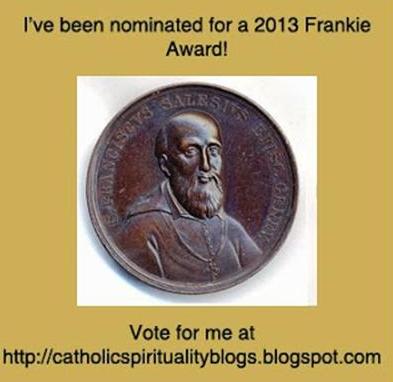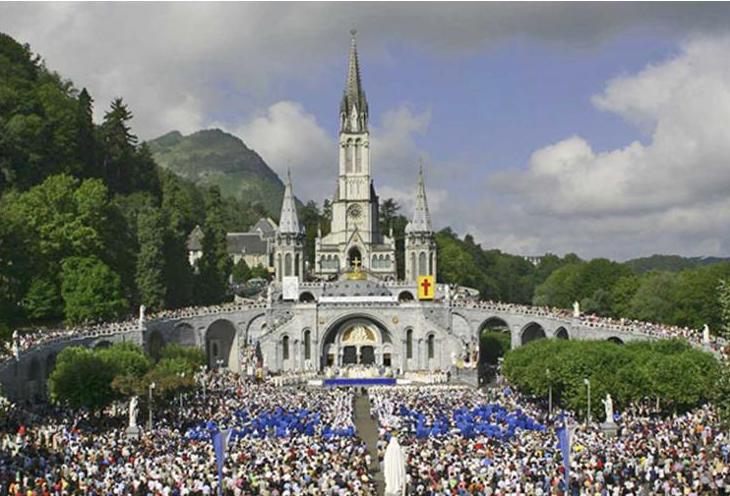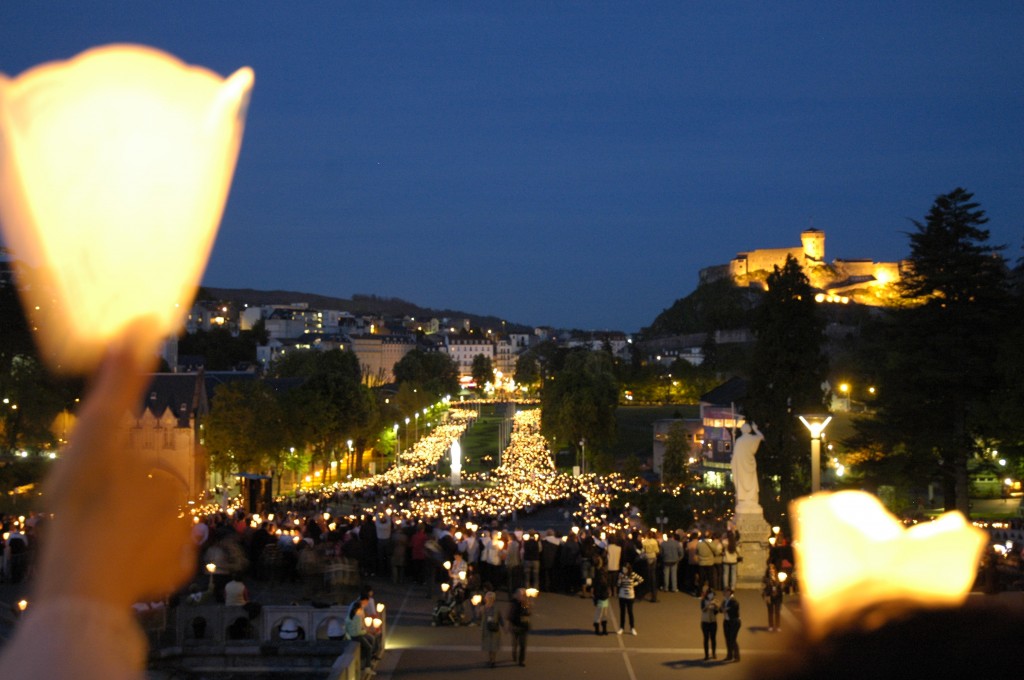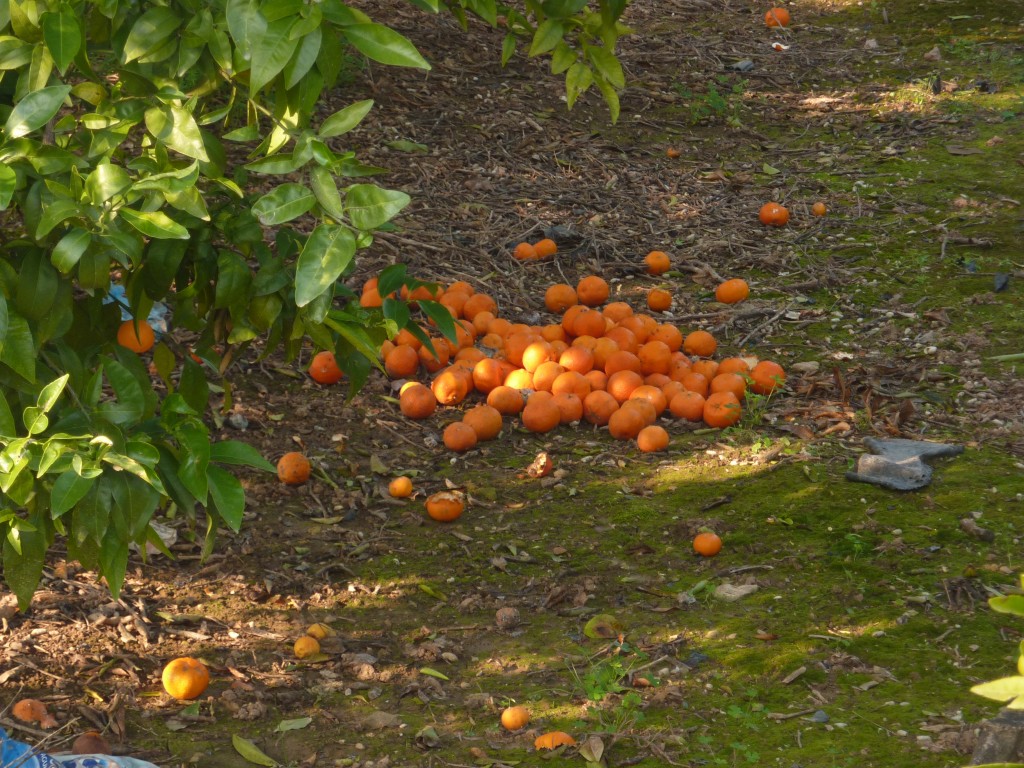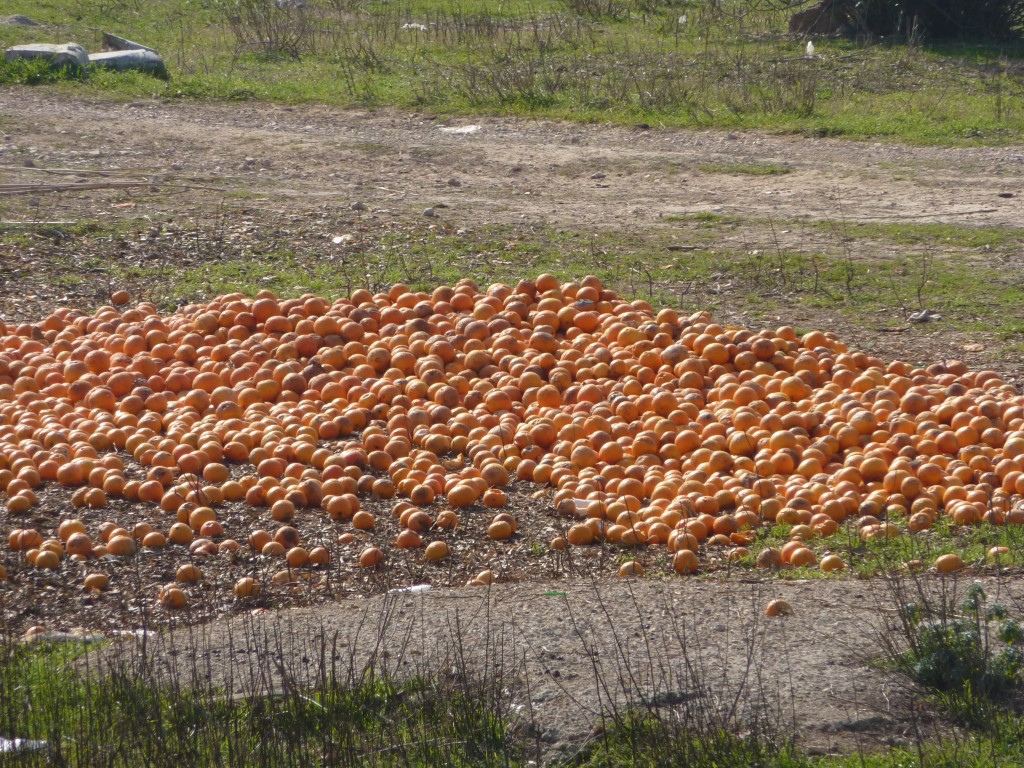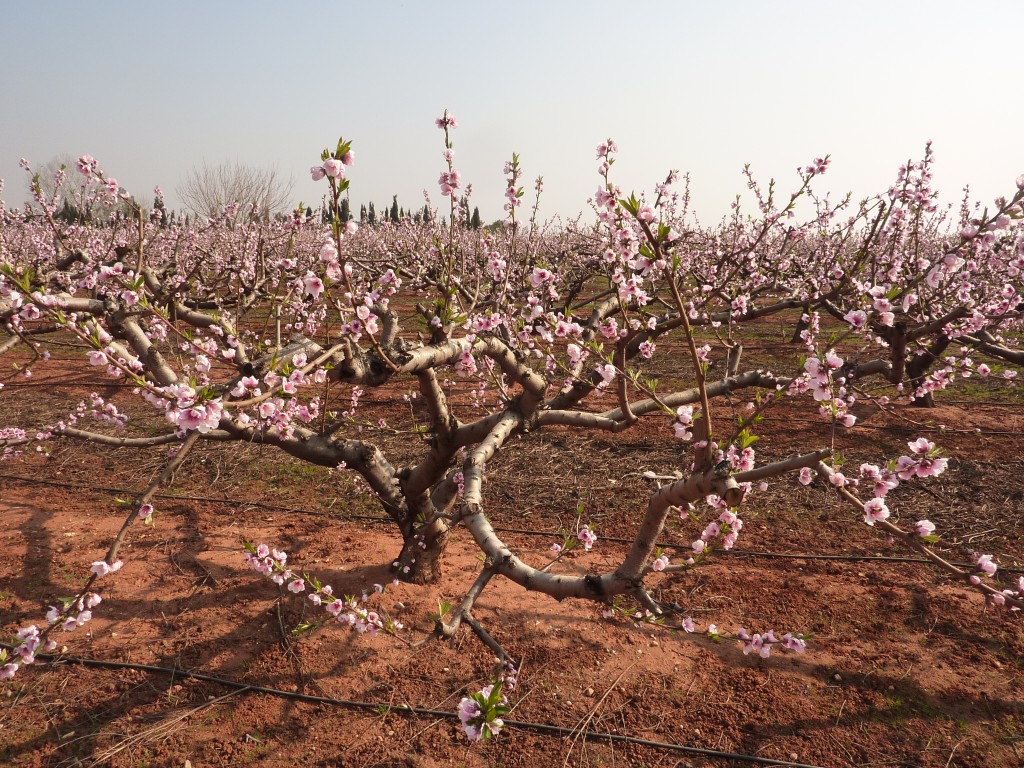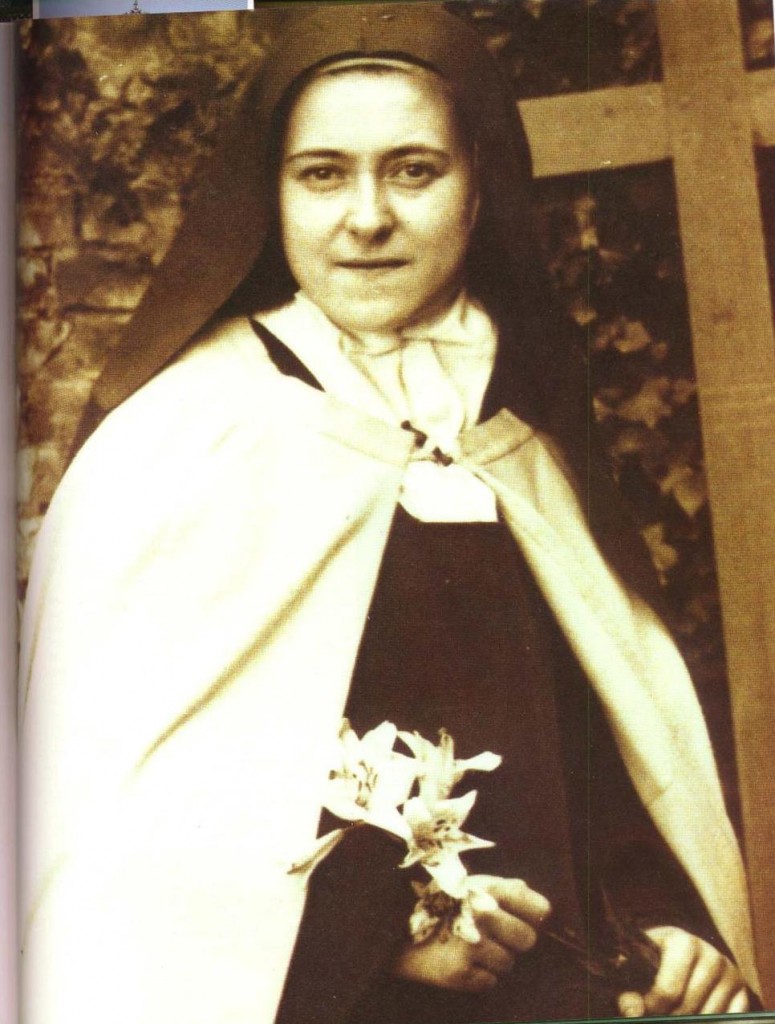Money and food: living below the line.
A challenge on the Ruta de La Lana.
On solitary pilgrimages I become more aware of how fantastically rich I am. I walk in beautiful landscapes, I am happy and peaceful, indeed, I have all I want. In Spain there is food everywhere, the countryside is safe and the people are welcoming. Other pilgrims have commented on how, living out of a backpack day after day makes them aware of how little they need and of how much they have.
Also I was reading my newly found Gospel, had begun to understand compassion and was encountering generosity on the Camino every day. I wanted to connect my solitary time with the reality that many of us on the planet do not have enough income to buy food and the most hungry are the children.
So I had signed up for the Living Below the Line Campaign for 2013. Basically this is a committment to live a week on an average of one euro per day. On the 5th day of my Ruta de La Lana I decided that I would have a practice. I had walked on a very cold and windy day to Caudete where the Amigos del Camino welcomed me eagerly to their newly opened albergue. Indeed so few pilgrims had passed by that winter that I had three visits from various members of the local group of Amigos.
The albergue is on the highest point in this town and the dormitory has fine views over the valley. From here I could watch the gathering storm. My plan fitted fine with the heavy weather conditions. I would live the next 24 hours on porridge.
That evening I ate 33o grams of porridge cooked into a lump. The next morning I ate 200 grams and pressed the remainder of the 1kg bag I had cooked into a plastic container and set off for Almansa. As the day wore on I began to feel weaker and weaker, with pains in almost every bone and muscle. In compenstion the skies cleared and the sun gave some warmth on this cold spring day. I sat down in a beautiful spot to eat some of the porridge.
My rucksack was a bit lighter after that. However, my pains continued and I wondered how I would make the remaining 12 km. The copy of John’s Gospel which I found in my path two days before helped keep up my spirits. I felt reassured that it had been there as a confirmation that this is where I should be. Who was confirming me in my Camino? “God”, I assume. But, for all that I pray, my notion of God is very vague, a power beyond contemplation. So I am pleased to have Jesus as man, whom I can recognise, and the Holy Spirit which is that wonderful energising force of Love which fills and propells me sufficiently from time to time that I have no doubt that this God is Good, generous and caring. At this moment I had no sense of God in any of his persons, so the Gospel I had found was, as a sign, important for me.
I was delighted to see Almansa in the distance with its majestic castle beckoning.
I arrived at the Convent in the town which accepts pilgrims for the night. They also give hospitality to others in need and this night all the rooms were taken except for one which had a bed which kept folding up when I lay on it. Fearing that I might get locked inside it I slept on the floor and had my best night’s sleep of the Camino. I had not eaten much but felt satisfied that my training for living below the line was underway. To celebrate I bought bread, fruit, yoghurts and some cold turkey. It cost as much as two week’s income for most people.
When I had started the Camino I was coming to the end of a course of antibiotics for a urinary infection which had lingered. My doctor in Madrid had told me to have a urine analysis several days after finishing the tablets. The next morning I had to pee fairly often in a short time and I noticed the symptoms of a rekindling infection in the burning aftermath. I had planned to visit the health centre in Almansa for the analysis as well as hoping to see the doctor who had cured my painful knee two years before. I was disapointed to learn that he was not working there that day and was directed to a woman doctor who ordered the analysis, gave me her phone number to get the results later and put me on a new course of antibiotics ( my third consecutive lot) which she assured me would work.
Not only was I aware of all the food I could buy with a fraction of my income, but here I had, in a town I didn’t live in, instant free access to a doctor, a laboratory and medicine. We don’t have wars either. Poverty in Spain is now more visible than it was six years ago, but everyone here is well off. My wealth feels like a weight but I don’t want to let go of it. Yet!
The route that day shared part of the Camino with the Camino de Levante which I had walked two years before. It branches off northwards to Alpera on the Ruta de La Lana. The half-built motorway had been finished as had the high speed rail link both of which had obstructed the Camino in 2011. I was grateful that there were no winding deviations since my physical difficulties of the previous day were becoming more inconvenient. I have a voice recording which captures how I was that day. It is fairly poor quality due to a fierce wind and a bit rambling. It refers to my enchantment with the Iona prayers.
I collapsed into bed that night in the reliable Hostal Stop in Alpera where I could afford to stay for 20 euros, which had heating, hot water and a television. But……..I began to doubt if I could complete the act of solidarity with the world’s poor to which I had made a committment…………….


